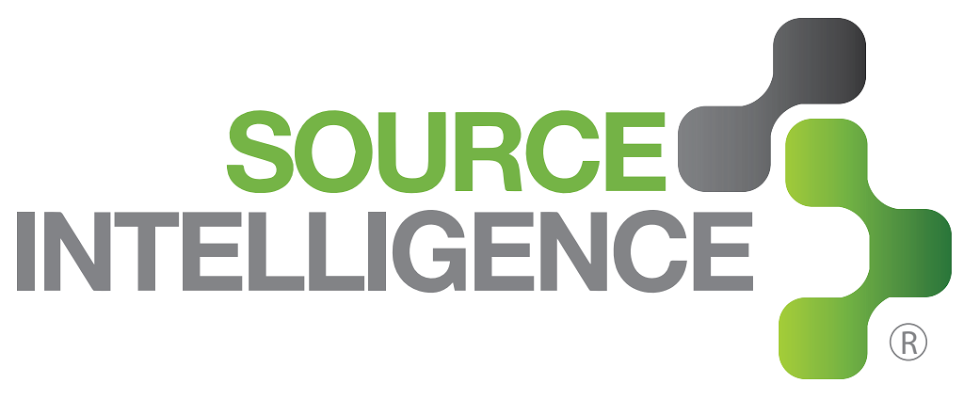The Power Now Lies In The Hands Of The General Public To Evaluate Supply Chain Compliance

With the shift in regulatory supply chain compliance moving from a framework with clear rules and processes to a mandate to achieve an idea or goal, the evaluation now lies with the companies themselves and more importantly, consumers. Rather then having to identify the specifics of what must be done, companies must now put their efforts in to a due diligence process to investigate, discover and implement. Of course with this type of compliance there are always grey areas around different parts of the rules, but all that companies need to understand is the expectations and how to achieve the required results.
There are endless examples of regulatory supply chain compliance, but perhaps the model that best exemplifies the shift to due diligence evaluations is Dodd-Frank 1502. Instead of outlawing the sourcing of tin, tantalum, tungsten and gold (3TG) from the Democratic Republic of Congo (DRC), the regulation only requires that U.S. based, publicly traded companies source their use of the minerals and then report the contribution to the funding of rebel groups. The goal of running the compliance this way, with the help of local engagement from non-governmental organizations, is to break the link between the mining of natural resources and conflict.
It has become clear that companies need to acknowledge their responsibility and adapt a compliance program that encompasses environmental rules and sanctions. For Dodd-Frank 1502, companies are either trying to perform their due diligence in house or use other sourcing companies. One of these companies is Source Intelligence. They handle all the heavy lifting so that clients can focus on oversight and strategy; which is why they position their offering as a full-service solution compared to the do-it-yourself approach of other software providers and spreadsheet-based framework toolkits.
After the data is collected, assessed and reported, it is now in the consumers hands to evaluate if what companies are doing is enough.

